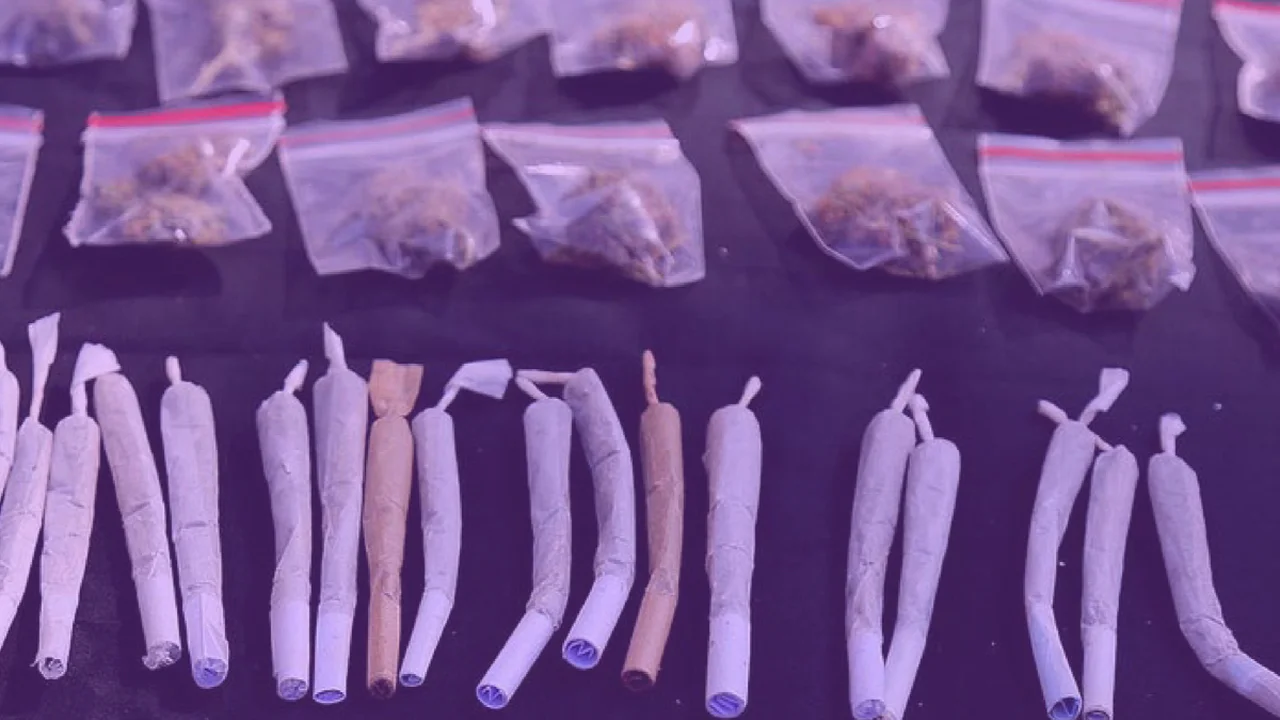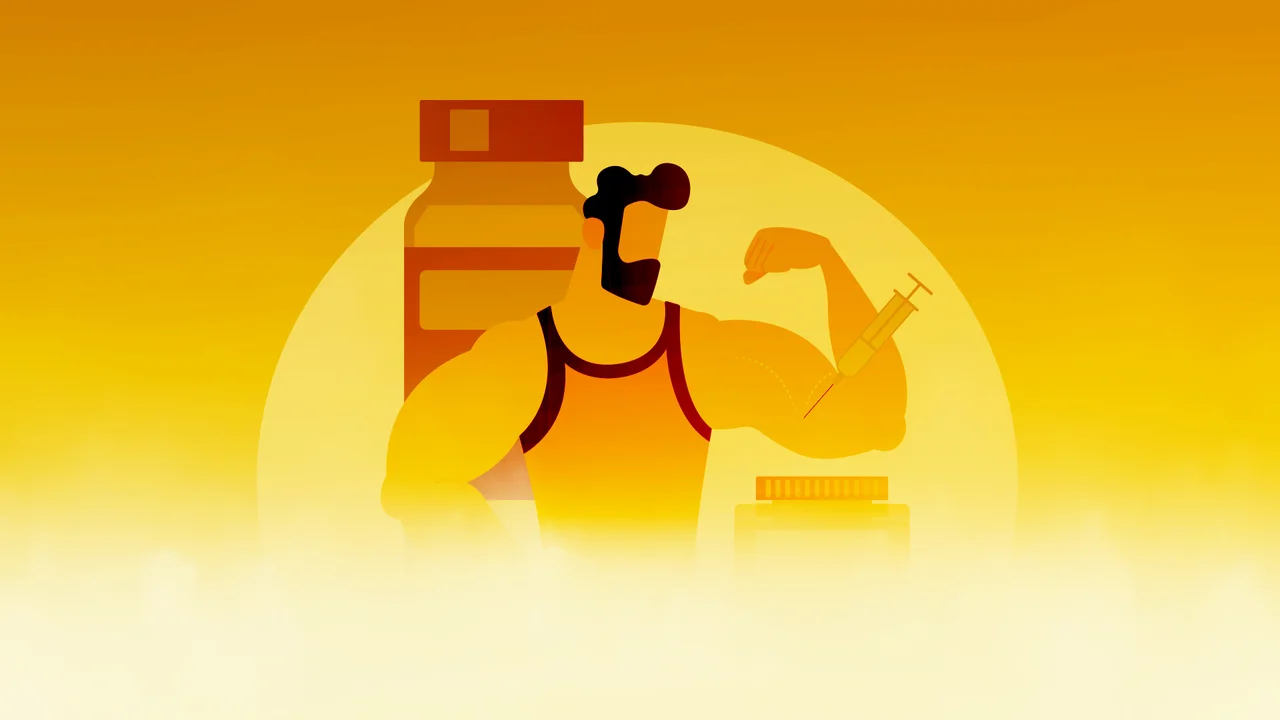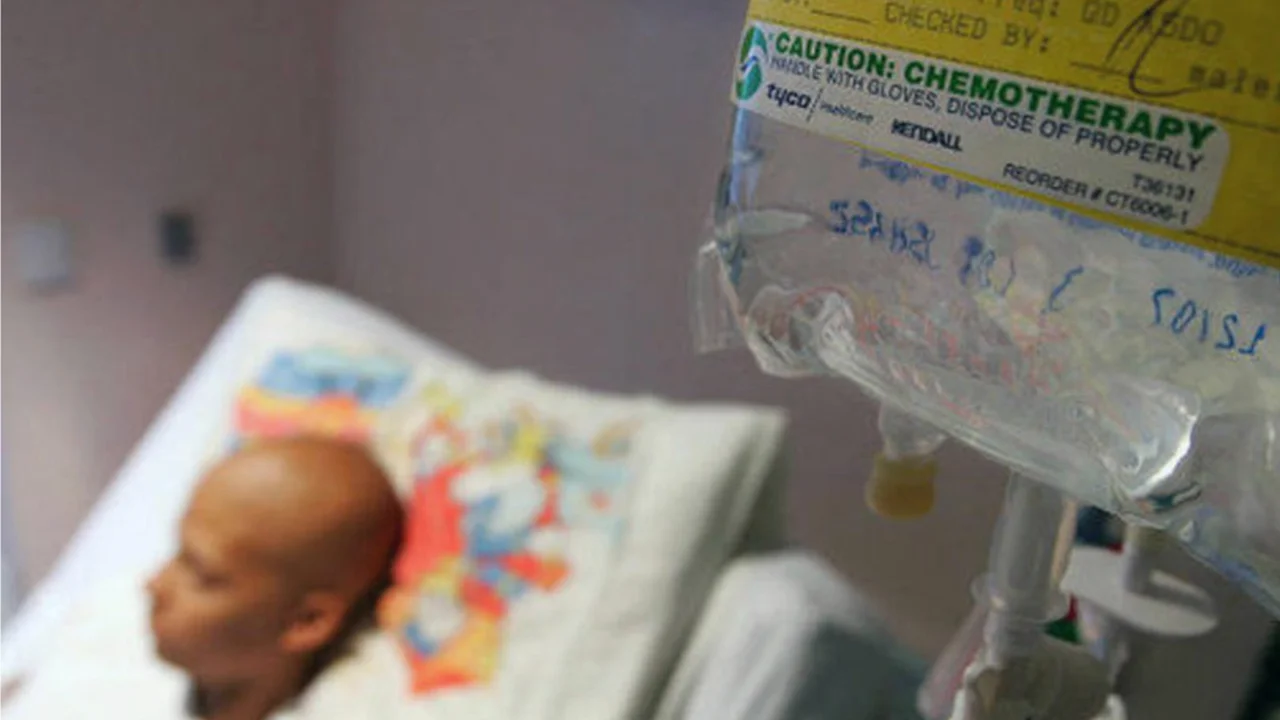Marijuana Consumption Remains High in Iran
Iranian media occasionally publishes astonishing data about drug use in the country. Quoting government officials, one report claims that Iranians consume more than 2 tons of illegal drugs per day, while another report states that around 5.3% of the Iranian population, roughly 4.5 million people, can be considered drug addicts.
More in-depth research suggests that drug use in Iran has undergone major changes, including the increasing recreational use of drugs by non-addicts, the growing tendency of women to use drugs, and the shift from traditional substances, namely opium to new and industrial drugs, such as meth.
Still, the public knowledge of drug use in Iran remains extremely limited. Iran Open Data has recently conducted a survey asking Iranians about their experience with various substances in hopes of gaining a deeper understanding of the current drug usage and addiction in the country.
About 60% of participants said that they, or a family member, had used drugs, stimulants, or hallucinogens. About 90% of drug users said that they have very easy, or easy, access to drugs, and it costs them an average of 1,300,000 toman ($310) per month. The highest consumptions were marijuana with 37%, opium with 17%, hashish with 11%, and the lowest was ecstasy 2%, and LSD with 3%.
This poll was available to respondents from October 4th, 2021, to January 27th, 2022, and 1,074 people participated in this poll. 94% of participants live in urban areas and the remaining 6% in rural areas. Participants resided in 31 provinces, and as expected, most lived in Tehran. Zanjan, Semnan, Kohgiluyeh, and Boyer-Ahmad provinces had the lowest participation rates. The average age of the participants was 33 years. Also, 75% of the participants were male, and 23% were female; 2% indicated “other” as their gender.
The following report and graphs provide a general overview of the poll’s results.
Number of Users
About 32% of participants said that they have used drugs, stimulants, or hallucinogens at least once. In contrast, two-thirds of participants (68%) claimed that they did not.
Also, 28% responded that at least one member of their immediate family has used drugs.
So, it can be concluded that about 60% stated that they or a family member have used drugs.
Men were more likely than women to use drugs, stimulants, or hallucinogens. Men use drugs more than women. According to data, 17% of women, and 36% of men, have used, or are using, drugs.
Most drug users are between the ages of 20 and 40, and the least number of them are below 20 years of age.
Link
Type of Consumed Drugs
37% of drug users use different types of marijuana, 17% opium, and 11% hashish.
The least used substances were ecstasy (2%), LSD (3%), and heroin (4%).
Link
History of Substance Abuse
More than a third (35%) of drug users state that they have been using for 10 years or more.
About a fifth (22%) of participants indicate that they have been using drugs for less than a year.
A quarter of the respondents (25%) have been using drugs for 1 to 5 years, and 18% for 5-10 years.
Link
Ease of Access to Drugs
90% of drug users state that they have very easy or relatively easy access to drugs.
In contrast, 8% of participants have very difficult or relatively difficult access to drugs.
The Monthly Cost of Drug Use
Drug users state that on average, they spend about 1,300,000 toman ($310) per month on drugs.
On average, women spend more than 1,300,000 toman ($310), and men about 1,100,000 toman ($262), per month on drugs.
Over 60 age group spends more, and the 20 to 40 age group spends less than other age groups on drugs.
On average, villagers spend about half a million toman ($120) more than urbanites to buy drugs.
Link
*For brevity, the term "drugs" has been used instead of narcotics, stimulants, and hallucinogens, in some parts of this report.
Read more:
Alcohol Consumption in Iran: A More Common Occurrence the State-Run Media Claims
In Iran Bureaucratic Bribes Can Cost You Anything From A Gold Coin To Sexual Relationship
This article was originally published in Persian (available here).



